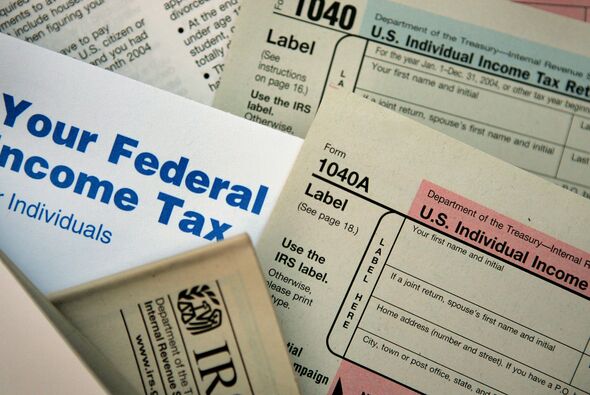Tax season 2025: Everything to know about refunds
As tax season kicks off, a new IRS tool promises to simplify refund tracking, but recent government changes could stir up unexpected challenges.

Tax season is underway, and the IRS expects 140 million people will file returns by April 15.
The agency has also launched a new online tool to help taxpayers check the status of any refunds they may be entitled to. The IRS is also imposing new tax threshold requirements.
Data shows that the average Texas refund fell by over $500 in 2024.
- Michael Jackson's family barred from star's trust until IRS dispute solved
- Average US tax refund check drops by $568, IRS data shows
This week, President Donald Trump offered all federal employees a buyout package to reduce the size of the government workforce, which could impact IRS staffing at an essential period. However, it’s not yet clear how.
The IRS did not immediately respond to a request for comment.
When will I receive my refund?
If you file your tax return electronically, the IRS says you should receive your refund in 21 days or less.
It should take even less time if you choose to receive your refund via direct deposit. However, if you file a paper return, the refund could take four weeks or more; if your return requires amendments or corrections, it could take longer.
The IRS cautions taxpayers not to rely on receiving a refund by a specific date, especially when making major purchases or paying bills.
How can I check the status of my refund?
Taxpayers can use the online tool Where’s My Refund? to check the status of their income tax refund within 24 hours of e-filing and generally within four weeks of filing a paper return.
Information related to this tool is updated once daily and overnight. To access the status of your refund, you’ll need:
— Your Social Security or individual taxpayer ID number
— Your filing status
— The refund amount calculated on your return
How do refunds work?
You should get your money back if you paid more in taxes during the year than you owe due to withholding or other reasons.
Even if you didn’t pay excess tax, you may still get a refund if you qualify for a refundable credit, like the Earned Income Tax Credit (EITC) or Child Tax Credit.
You must file a return to get your refund and have three years to claim a tax refund.
Do I qualify for the Earned Income Tax Credit (EITC)?
To qualify for the EITC, you must have under $11,600 in investment income and earn less than a specific income level from working. If you’re single with no children, your income must be $18,591 or below.
And if you’re married and filing jointly with three or more children, you must make $66,819 or below.
You can use the online EITC Assistant tool to determine whether your household qualifies based on your marital status and the number of dependents.
What about the Child Tax Credit?
You are most likely eligible for the Child Tax Credit if you have a child. The credit is up to $2,000 per qualifying child. To qualify, a child must:
— Have a Social Security number
— Be under the age of 17 at the end of 2024
— Be claimed as a dependent on your tax return
You qualify for the full amount of the Child Tax Credit for each qualifying child if you meet all eligibility factors and your annual income is not more than $200,000 ($400,000 if filing a joint return).
What’s different this year?
The IRS has expanded a program that allows people to file their taxes directly with the agency for free.
The federal Direct File program permits taxpayers to calculate and submit their returns without commercial tax preparation software. It is now available to taxpayers in 25 states, up from 12 states participating in last year’s pilot program.
The program allows people in some states with very simple W-2s to calculate and submit their returns directly to the IRS.
In October, the IRS said that those using the pilot program in 2024 claimed more than $90 million in refunds.
